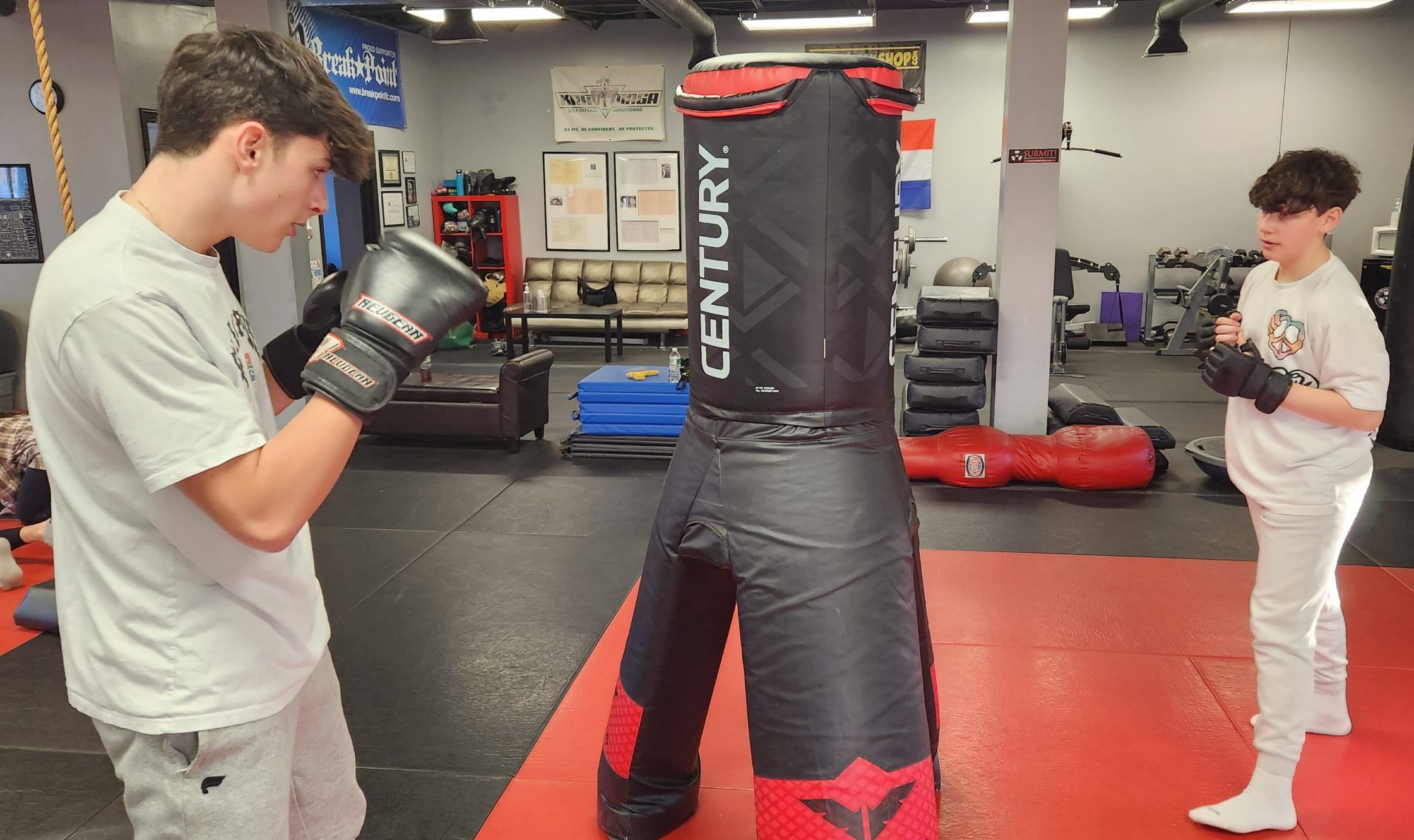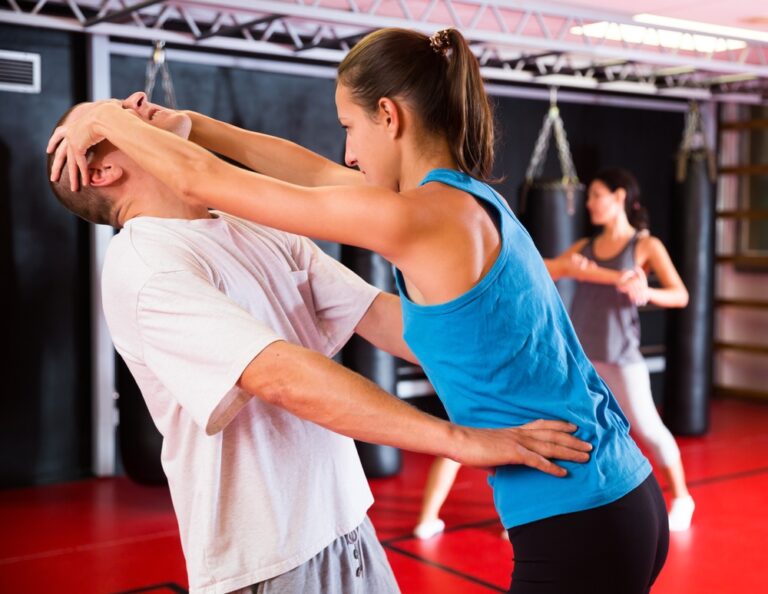As a Krav Maga instructor, I am tasked with ensuring that each student is able to learn the system regardless of mental, physical or emotional abilities. Consequently, I must tailor techniques to accommodate any perceived weakness or deficiency.
The vision for Krav Maga by its founder, Imi Lichtenfeld, is that the system be taught using principles which can be easily learned and drilled through repetition of specific techniques which build the corresponding muscle memory.
Despite this focus of building an individual tool set for each student, there are three self-defense mistakes that are constantly at the forefront of all my corrections:
Hands up!
Slow down!
Breathe!
Keeping one’s hands up is crucial to ensure that during any exchange with an attacker, the face is constantly protected from counter attack. There are only two places one’s hands should ever be, by one’s face or on the attacker’s body. Sadly, most students drop their hands while throwing strikes and leave themselves vulnerable.
There is a general misconception in Krav Maga that physical speed equates to technical mastery. The reason for this is that most people initially consume martial arts through Hollywood films or by watching sporting events. It, therefore, becomes everyone’s desire to move just like John Wick or Jason Bourne. The physical learning of a technique, however, requires repeated slow and methodical movement which allows the brain to process correct footwork, rotation and body position. There is an old axiom in the martial arts that states, “If you cannot do it slow, you cannot do it fast.”.
Finally, with so many corrections running through one’s head, many students struggle with remembering to breathe. The breath is crucial in battle, since irregular breathing will cause you to fatigue almost immediately, no matter how skilled you are in executing a specific technique. Proper breathing discipline must be taught early and reinforced often to ensure that it is developed at the same pace as footwork or striking.
My Krav Maga instructor reminded me early in my training that my journey through this system will be more like a marathon than a sprint. Dedication to repetition will be required and many new habits will need to be learned, while some existing ones unlearned.
As you continue your journey in building your specific self-defense tool set, always keep these three common mistakes on your radar. Remember, nothing good happens if you don’t keep your hands up. Try to drill techniques slow enough to truly learn the core principles. And finally, take deep enough breaths throughout the battle so that you have enough gas to finish the fight.




